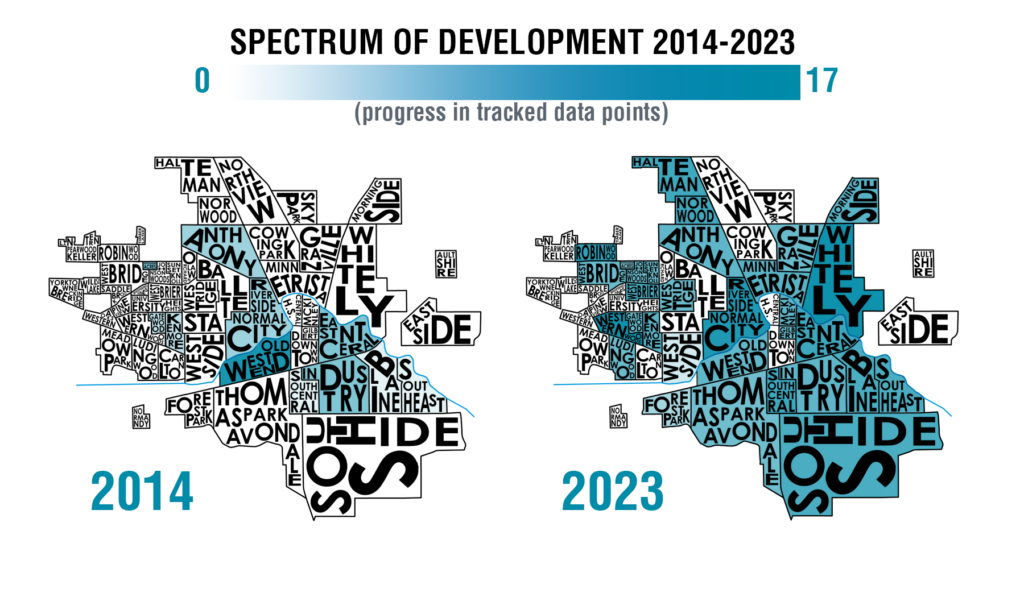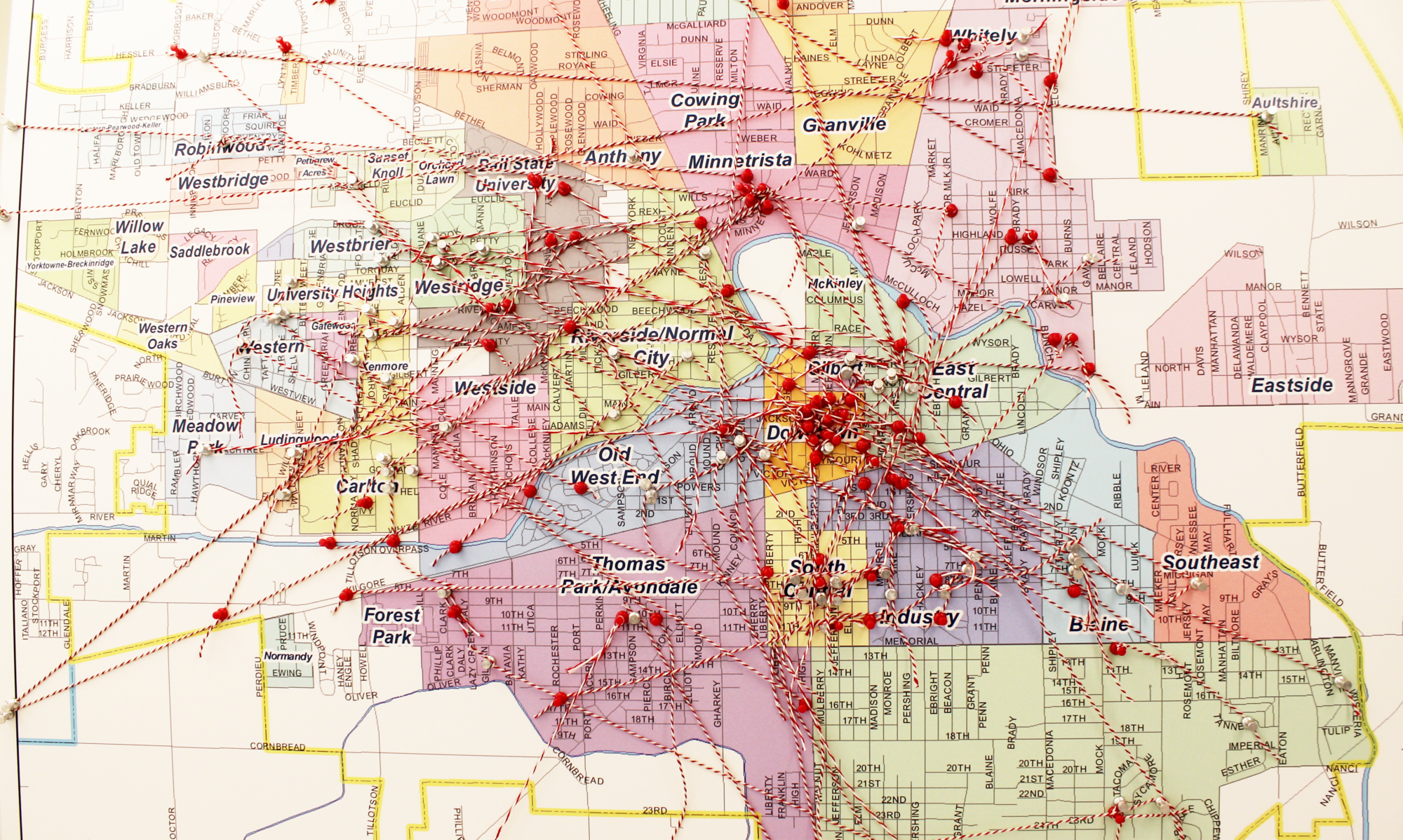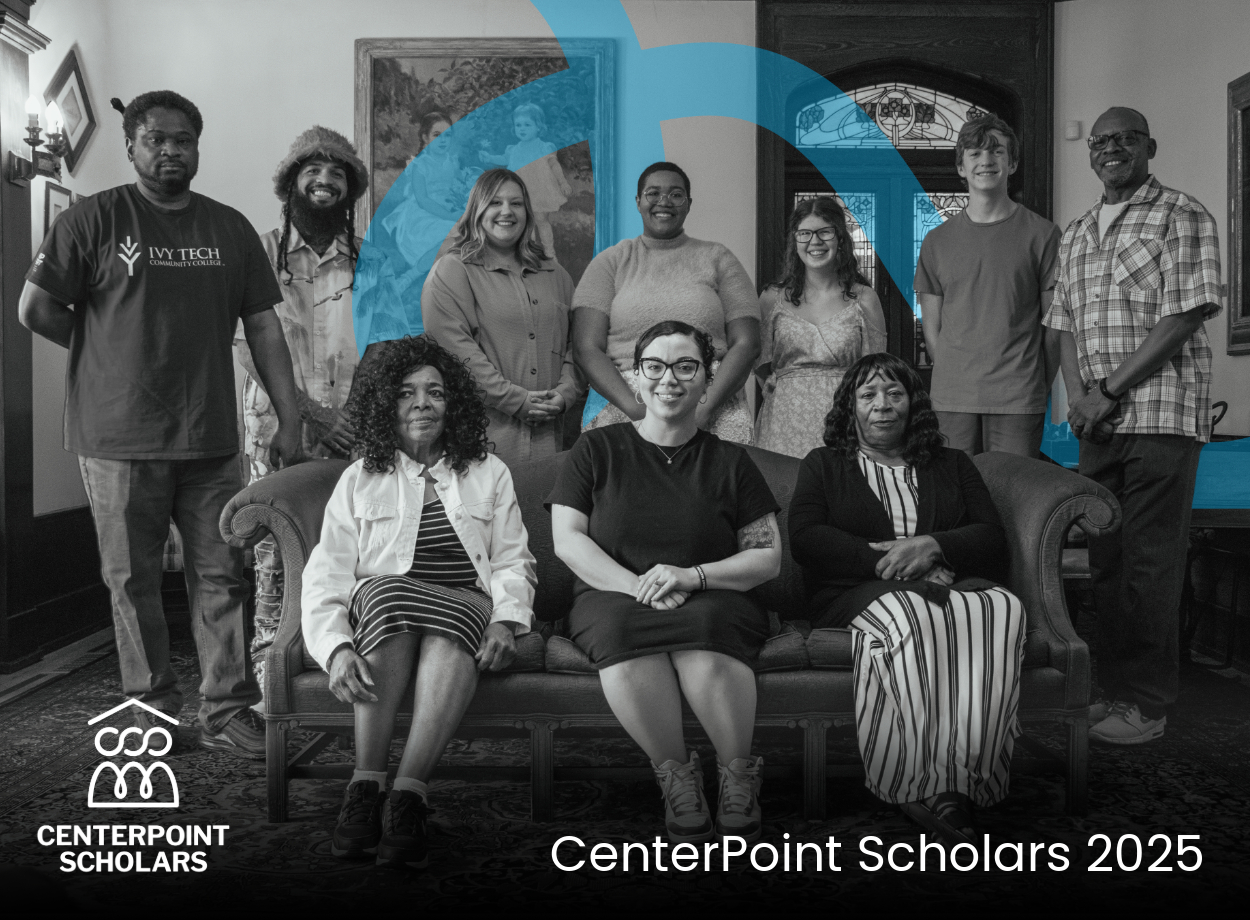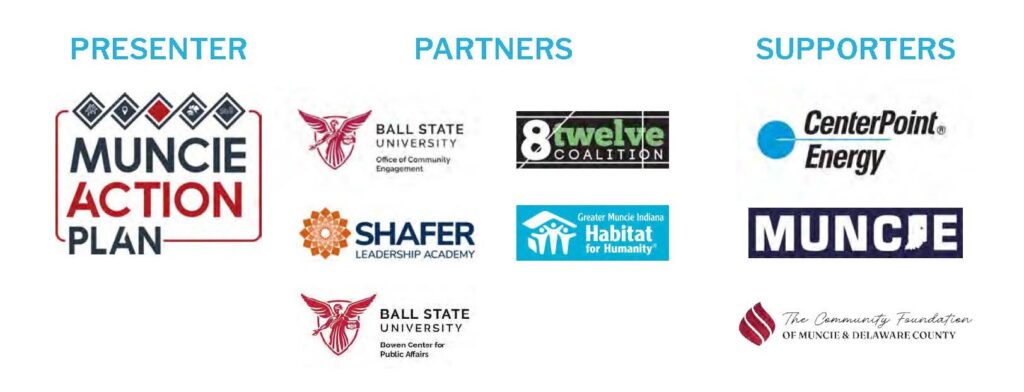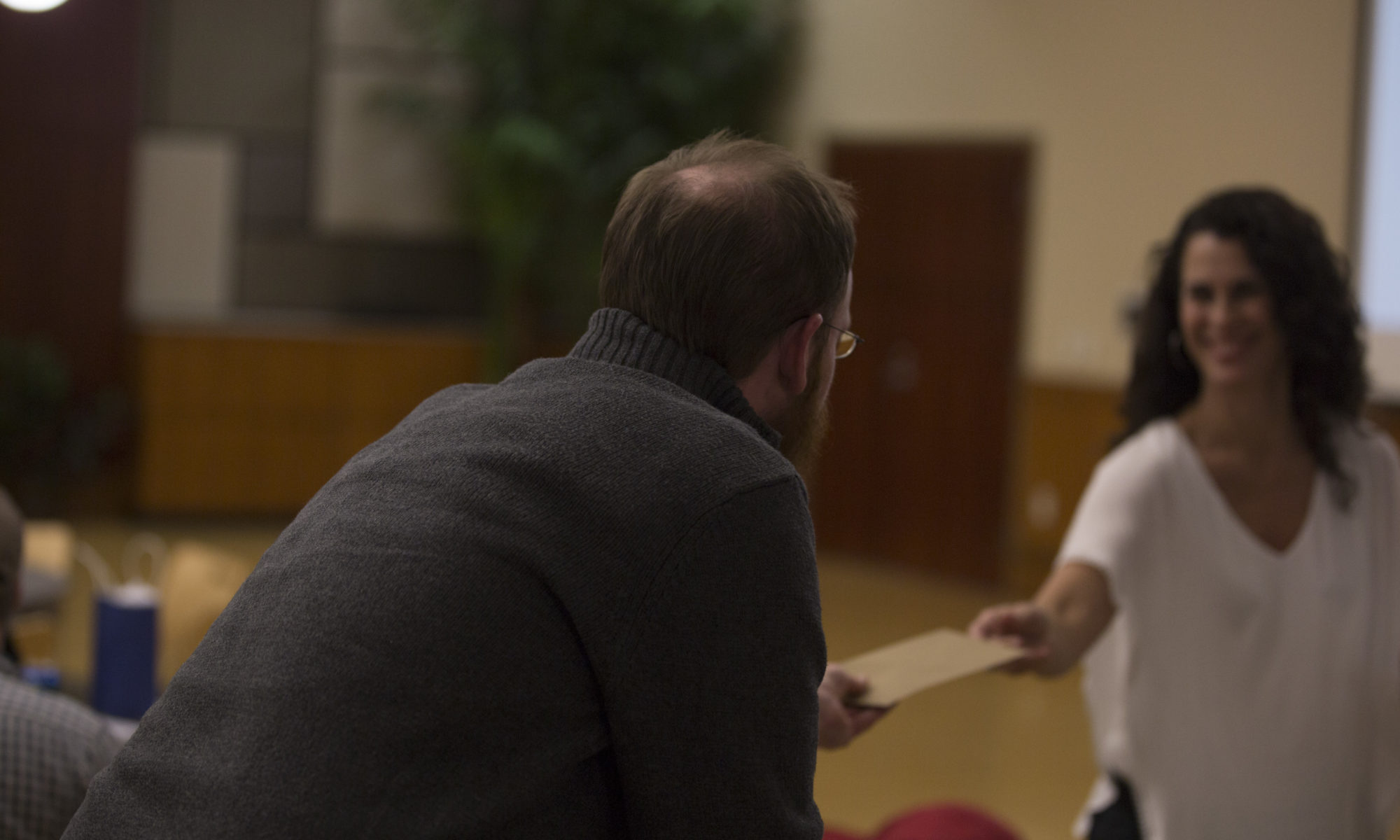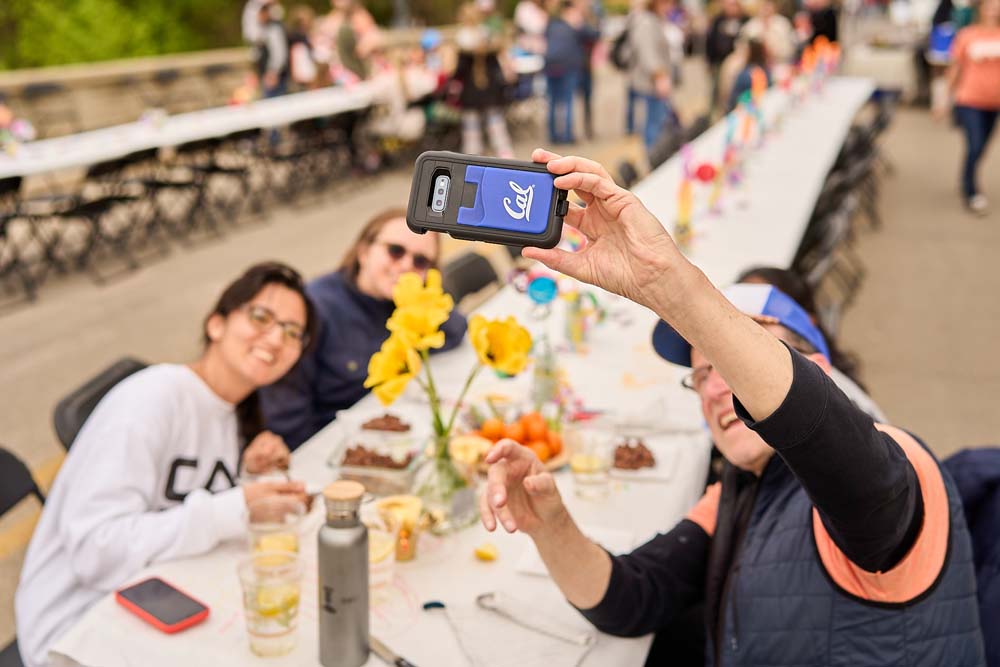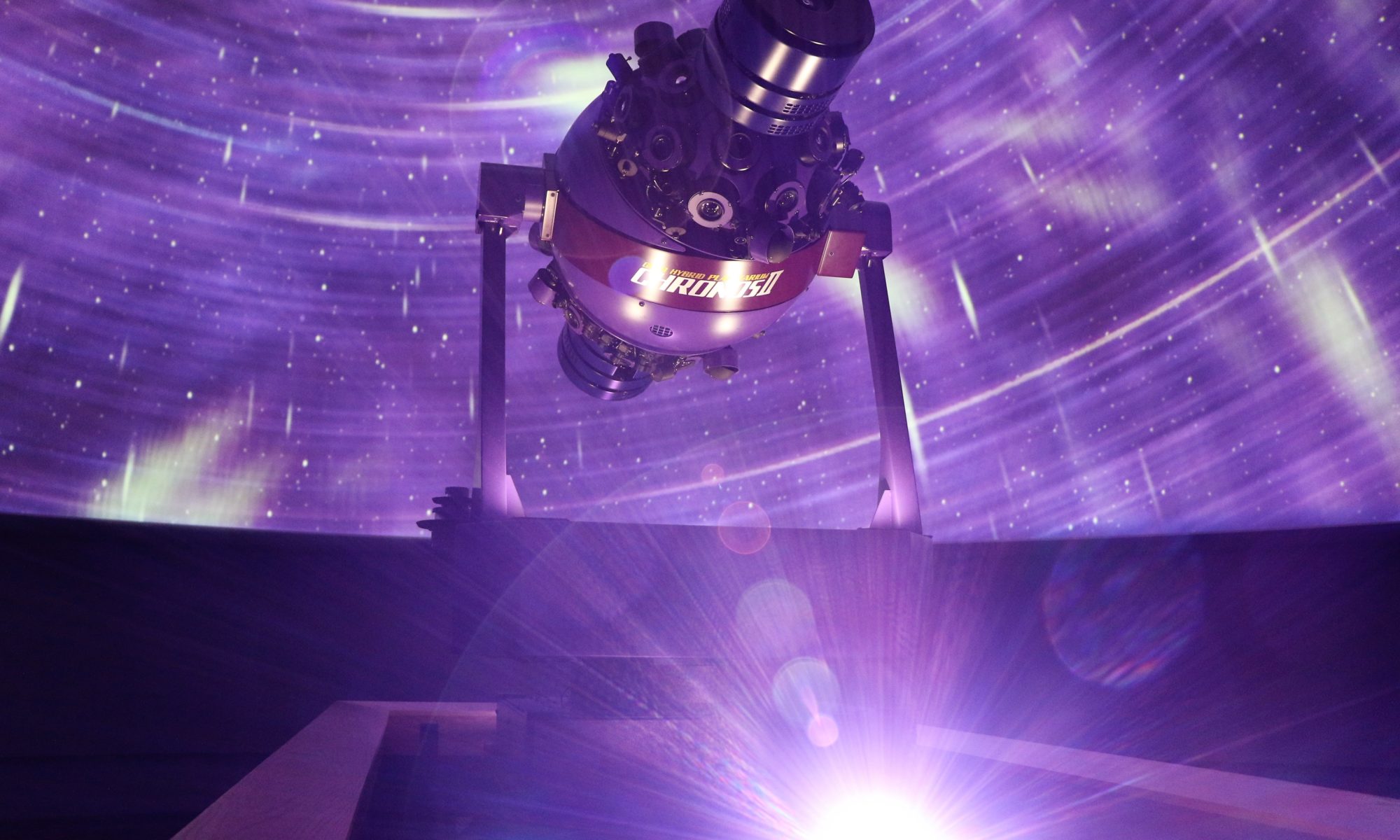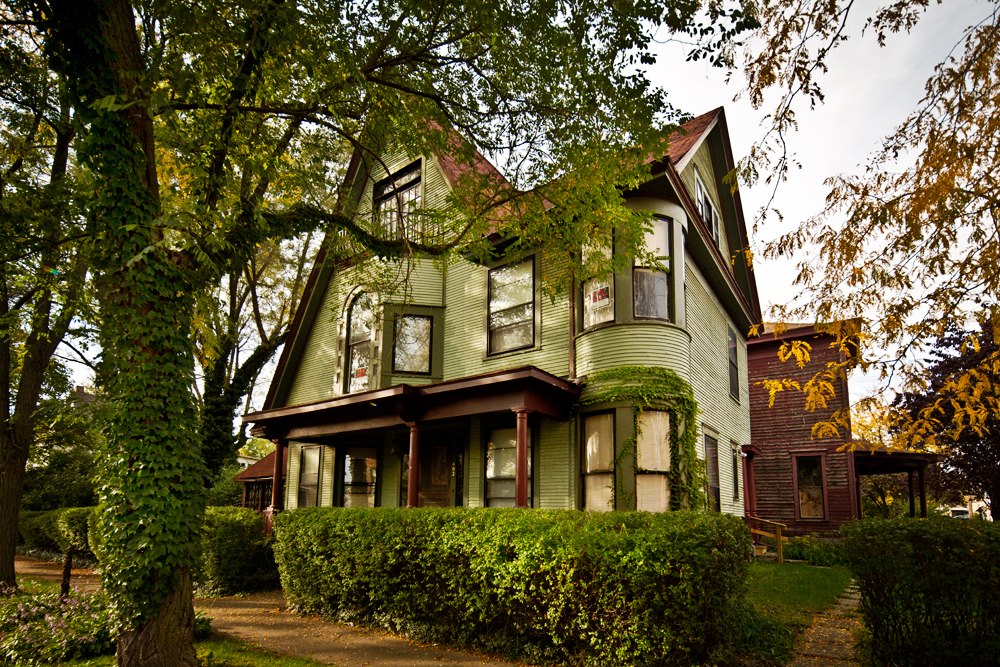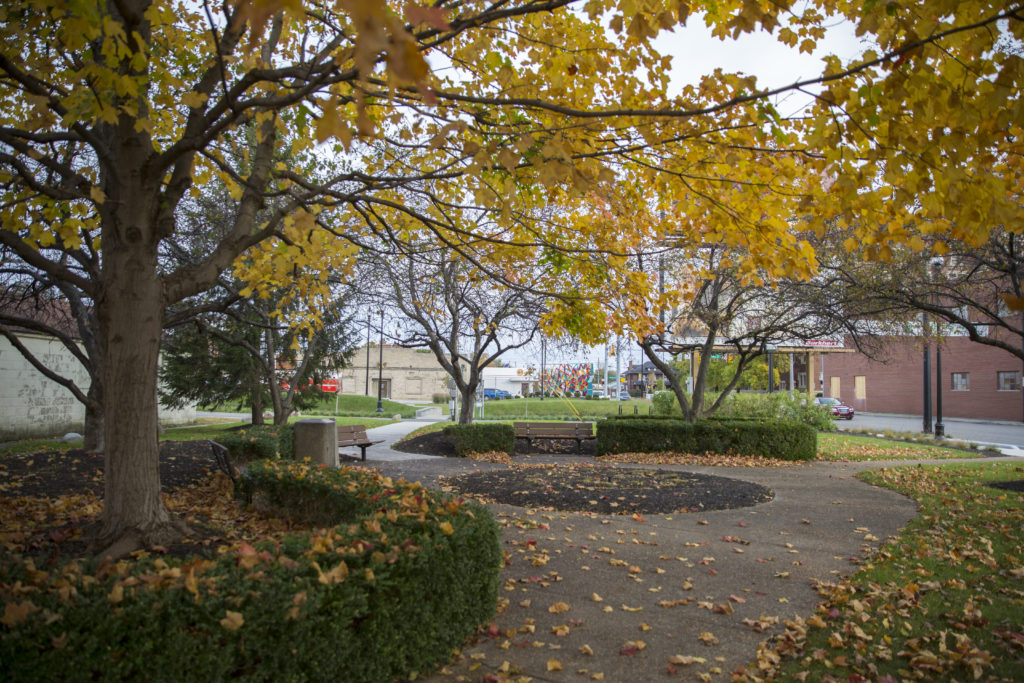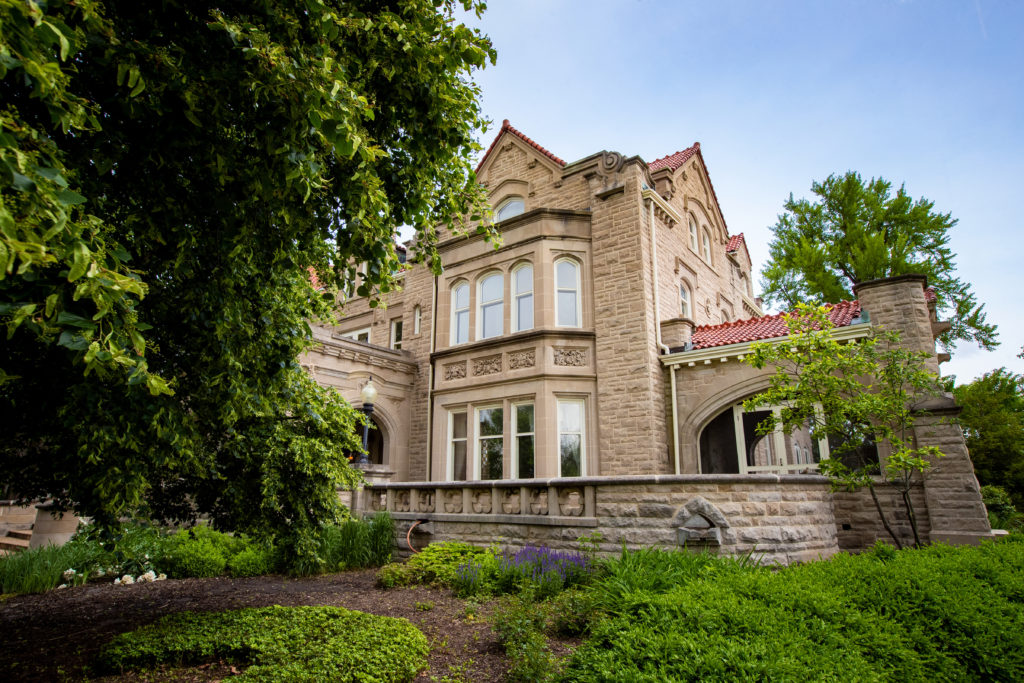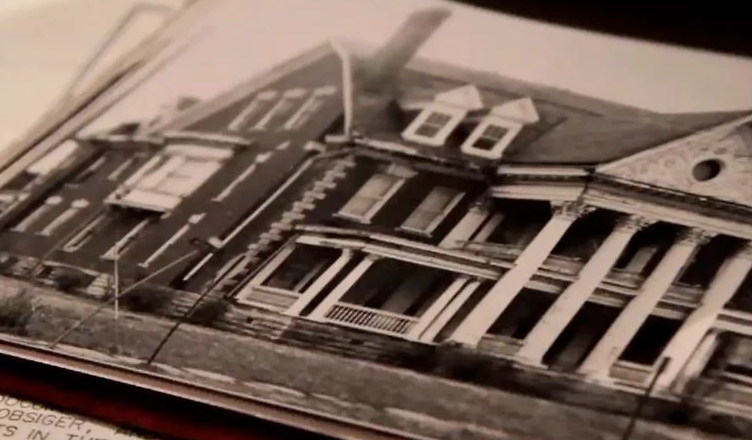Press release provided by the Charles W. Brown Planetarium
www.bsu.edu/planetarium
All regular planetarium programs are free of charge, cash donations are accepted at the door.
One free pair of solar eclipse glasses will be provided to each planetarium show guest for a suggested cash donation of $1, while supplies last. Glasses are partially funded through support from the Institute of Museum and Library Services and the Simons Foundation.
January
The Universe Overhead
Fridays: Jan. 12, 26 at 6:30pm
Saturdays: Jan. 13, 27 at 6:30pm
The sky on cold winter nights has some of the brightest stars and the best-known constellations. Some of these stars are truly supergiants hundreds of times bigger than our Sun, while others are dwarfs the size of Earth. Along the winter Milky Way there are colorful clouds where new stars are being born. Come and enjoy a guided tour of this celestial wonderland, learn about the upcoming total solar eclipse, and use star charts to explore the night sky.
Suitable for all ages 8+, all ages are welcome.
We Are Astronomers
Saturdays: Jan. 13, 27 at 5:00pm
Narrated by David Tennant, we explore what exactly do astronomers do in this new program. Today’s astronomer is not the lone observer of past centuries. This program reveals the global collaboration, technology, and dedication required to answer the unresolved questions of the Universe and features info on NASA’s James Webb Space Telescope.
Most suitable for all ages 8+, all ages welcome
One World, One Sky: Big Bird’s Adventure
Saturdays: Jan. 13, 27 at 3:30pm
“One World, One Sky” is a brilliant program that follows Sesame Street’s Big Bird and Elmo as they explore the night sky with Hu Hu Zhu, a new friend from China. Together, they take an imaginary trip from Sesame Street to the moon, where they discover how different it is from Earth. They will also find shapes in the sky that will help them find the North Star. This cross-cultural adventure opens children’s eyes to the sky, helping them see how people all over the world are connected.
Best suited for families and groups with pre-K through 1st grade learners, all ages are welcome.
February
Solar Superstorms
Fridays: Feb. 9, 23 at 6:30pm
Saturdays: Feb. 10, 24 at 6:30pm
A fury is building on the surface of the Sun… high-velocity jets, a fiery tsunami wave that reaches 100,000km high, and rising loops of electrified gas are energized by what is going on underneath its surface. Will these “storms” affect Earth? Find the answer as we venture into the seething interior of our star to learn how they are formed. Solar Superstorms takes viewers into the tangle of magnetic fields and superhot plasma that vent the Sun’s rage in dramatic flares, violent solar tornadoes, and the largest eruptions in the solar system: Coronal Mass Ejections.
Suitable for all ages 10+, all ages are welcome.
Eclipse: The Sun Revealed
Saturdays: Feb. 10, 24 at 5:00pm
There will be a total eclipse of the Sun visible from Muncie, Indiana on April 8, 2024. A total solar eclipse is such a spectacular event, it is never too early to start planning for one. Come learn how solar and lunar eclipses happen, and about scientific discoveries that have been supported by total solar eclipses. This show also uses beautiful visuals to explore the historical and cultural view of eclipses, and explains how to safely see these awe-inspiring sights.
Most suitable for ages 10+, all ages are welcome.
One World, One Sky: Big Bird’s Adventure
Saturdays: Feb. 10, 24 at 3:30pm
“One World, One Sky” is a brilliant program that follows Sesame Street’s Big Bird and Elmo as they explore the night sky with Hu Hu Zhu, a new friend from China. Together, they take an imaginary trip from Sesame Street to the moon, where they discover how different it is from Earth. They will also find shapes in the sky that will help them find the North Star. This cross-cultural adventure opens children’s eyes to the sky, helping them see how people all over the world are connected.
Best suited for families and groups with pre-K through 1st grade learners, all ages are welcome.
March
Eclipse: The Sun Revealed
Fridays: March 1, 22 at 6:30pm
Saturdays: March 2, 23 at 6:30pm
There will be a total eclipse of the Sun visible from Muncie, Indiana on April 8, 2024. A total solar eclipse is such a spectacular event, it is never too early to start planning for one. Come learn how solar and lunar eclipses happen, and about scientific discoveries that have been supported by total solar eclipses. This show also uses beautiful visuals to explore the historical and cultural view of eclipses, and explains how to safely see these awe-inspiring sights.
Most suitable for ages 10+, all ages are welcome.
Kitz the Cat’s SuperMoon Adventure
Saturdays: March 2, 23 at 3:30pm & 5:00pm
Develop an understanding of the danger of space junk and humanity’s moon exploration while following adventurous cat astronauts! The Earth in the far future, where humanity no longer exists. Cats that survived in the debris left behind by humanity have evolved into intelligent beings. Three cats – Kitz, Tutti, and Pepe – are working as cleaners at NYASA and today’s mission is to clean up space junk. But these unpredictable street cats skip some of their work and fly to the Moon!
Best suited for families and groups with kids ages 6+, all ages are welcome.
April
Visit the Ball State eclipse website at https://bsu.edu/planetarium/eclipse-2024 for up-to-date information on additional special events and programs running in preparation for the Total Solar Eclipse on Monday, April 8, 2024.
We Are Stars
Fridays: April 12, 26 at 6:30pm
Saturdays: April 13, 27 at 6:30pm
Narrated by Andy Serkis, this program seeks to answer some of the biggest questions of all time. What are we made of? Where did it all come from? Explore the secrets of our cosmic chemistry, our explosive origins and connect life on Earth to the evolution of the Universe. A family-friendly film full of fun, adventure, and enlightenment.
Most suitable for all ages 8+, all ages are welcome.
Sunset Meditation
Saturdays: April 13, 27 at 5:00pm
How do STEM workers, including NASA professionals, cope with stress? Meditation is a powerful tool for maintaining psychological health and resilience. Since the planetarium offers a dark and quiet space for relaxation, it is the perfect place for meditation. Enjoy a free guided meditation experience from Ball State University. View an amazing sunset as you travel from the Grand Canyon to the North Pole. Then relax under a night sky filled with stars and glimpses of the Northern Lights.
Suitable for all ages 12+, all ages are welcome.
Magic Tree House: Space Mission
Saturdays: April 13, 27 at 3:30pm
Travel with Jack and Annie, stars of the Magic Tree House® best-selling children’s book series, as they search for answers to a mysterious riddle they discover in a written note signed “–M.” Peek into the treehouse and follow Jack and Annie on an exciting adventure as they meet a helpful astronomer and an astronaut. As they travel to an observatory and beyond into space, Jack and Annie nearly get … well, we don’t want to give the surprise away!
Best suited for families and groups with kids ages 6+, all ages are welcome.
Program Information
- Cost: FREE, cash donations are accepted at the door. Plan to arrive early as seating is done on a first-come, first-served basis and seating is limited.
- Runtime: Approximately 50 minutes total with live sky tour.
- We do our best to have doors open 30 minutes before show time.
Planetarium Information
- The planetarium is located on the west end of the Cooper Science Complex, at Charles W. Brown Planetarium, 2111 W. Riverside Ave., Muncie, Indiana 47306.
- Due to construction being done on the Cooper Science Complex, select parking and pathway access to the planetarium is blocked off. Plan to arrive early to safely navigate the area and arrive on time for the program.
- Food, drinks, gum or candy are not allowed in the planetarium.
- Cellphones and any electronics that emit light must be silenced or turned off at the start of all programs. Please refrain from wearing light-up shoes to any planetarium programs.
- Children 17 years and under should be accompanied by an adult.
- We greatly appreciate your support to make our programs possible, and cash donations are accepted at the door.
For directions and parking information, as well as general policies, please visit the Charles W. Brown Planetarium website at www.bsu.edu/planetarium.
